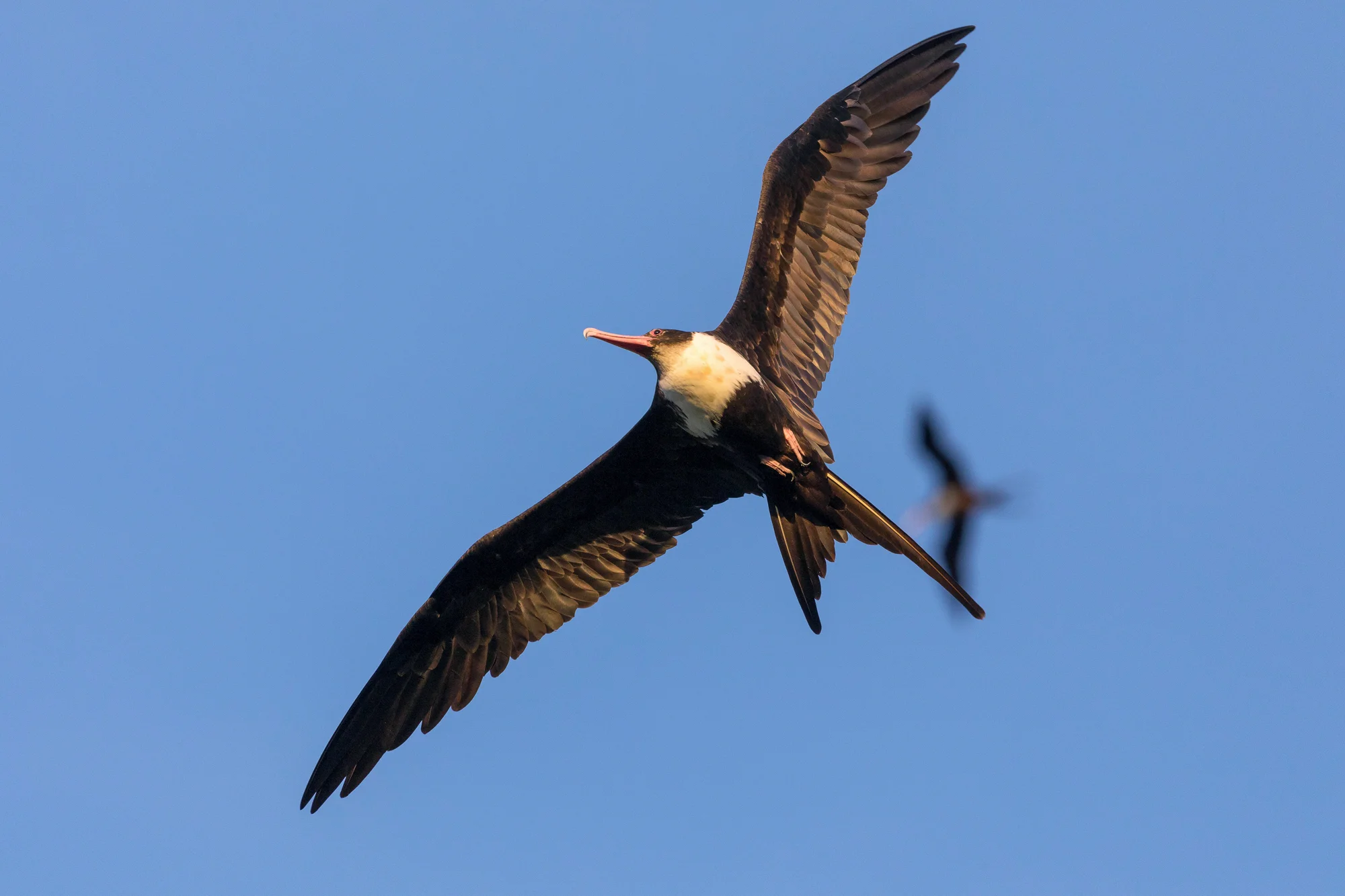Some birds possess an extraordinary ability that fascinates scientists and nature enthusiasts. They can sleep while flying. This unique skill allows them to survive long migrations across oceans and continents without ever landing. Among all animals on Earth, only a few species of birds are known to perform this remarkable behavior.
How Birds Sleep While Flying
Birds that sleep in the air use a technique called unihemispheric slow wave sleep. In this state, one half of the brain remains awake while the other half rests. This allows the bird to stay alert enough to control flight and avoid threats while still getting the rest it needs. The open eye on the awake side helps the bird maintain direction and stability during long journeys.
This type of sleep is efficient and enables certain bird species to travel thousands of kilometers without stopping.

Which Birds Sleep While Flying
Not all birds can sleep in the air. Only a few species have been scientifically confirmed to do so.
1. Frigatebirds
Frigatebirds are among the best-known examples. They can stay airborne for weeks at a time while crossing the ocean. Research using tracking devices has shown that frigatebirds take very short sleep sessions, sometimes lasting only a few seconds. They rely heavily on rising air currents to glide effortlessly as they rest.
2. Alpine Swifts
Alpine swifts are known for their long migrations between Europe and Africa. Studies suggest that these birds can remain in continuous flight for up to six months. During these long periods in the air, they rely on brief sleep episodes while gliding at high altitudes.
3. Common Swifts
Common swifts are famous for spending most of their lives in the air. They eat, drink, and even mate while flying. Evidence indicates that they also sleep on the wing, especially during migration seasons. Their aerodynamic bodies make continuous gliding easy, reducing the need for frequent wing flapping.
Why These Birds Developed This Ability
The ability to sleep while flying evolved as a survival advantage. Birds that cross oceans or fields of predators cannot always find safe resting places. By sleeping in the air, they can avoid danger, conserve energy, and complete long journeys without interruption. This adaptation increases their chances of survival during migration.
How Scientists Study Birds Sleeping in Flight
Researchers use lightweight sensors that record brain activity, altitude, and movement. These devices reveal when one hemisphere of the brain enters sleep. The sensors showed that sleep usually occurs when the birds glide in stable air rather than when they flap their wings.
Studies also revealed that the total sleep time is much lower during flight compared to when the birds rest on land.
Why This Discovery Matters
Understanding how birds sleep in flight helps scientists learn more about animal adaptation, brain function, and migration strategies. It also provides insight into how sleep can operate in extreme environments. This research may even contribute to future studies about humans and sleep efficiency.
Conclusion
Birds that sleep while flying represent one of the most impressive natural abilities in the animal kingdom. Through unihemispheric sleep, species like frigatebirds, alpine swifts, and common swifts can travel vast distances while resting in midair. Their unique adaptation highlights the extraordinary resilience and complexity of the natural world.





